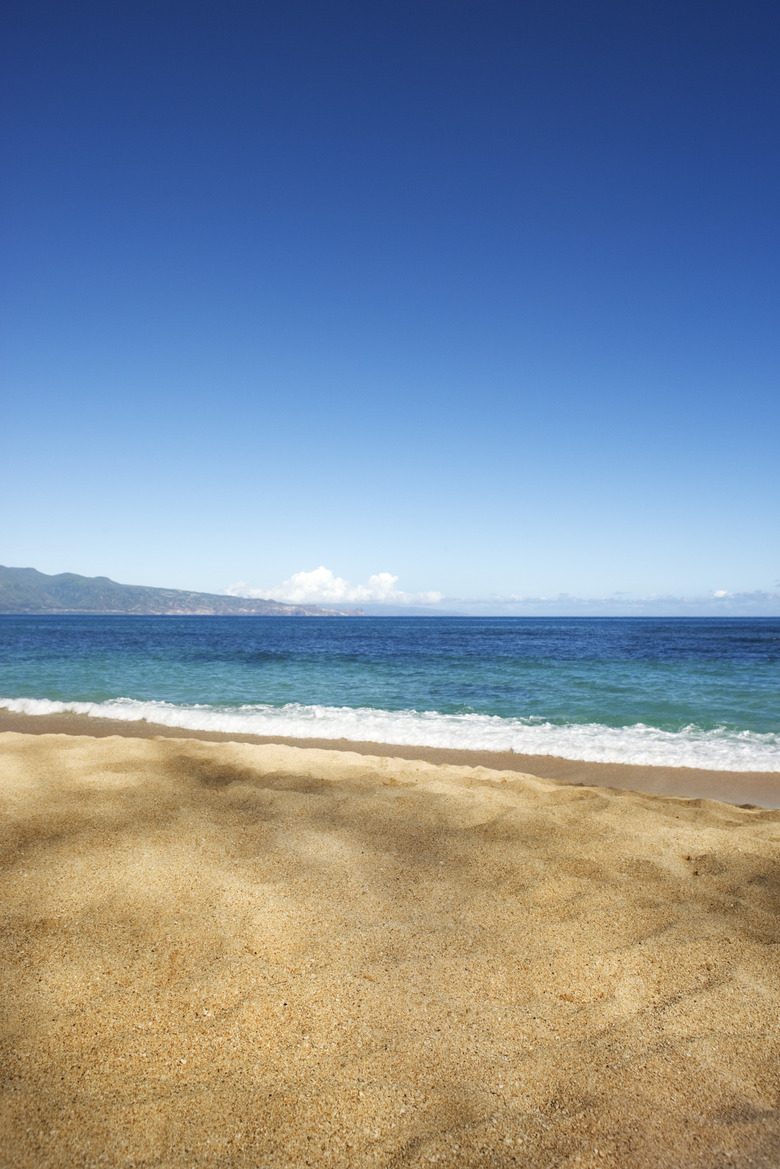Adaptations Of The Animals In The Neritic Zone
The neritic zone is the part of the ocean environment that extends inshore at high tide to the edge of the continental shelf. Characteristics of the neritic zone include shallow waters and lots of light penetrating to the sea floor. A diverse range of aquatic animals and plants live in the neritic zone, making it a rich source of food for both ocean-dwelling animals and animals that live on shore, especially birds. Animals living in the neritic zone have evolved some impressive adaptations because of the zone's location and high concentration of food, and pressures from predators and competitors.
Epipelagic and Neritic Definition
Epipelagic and Neritic Definition
The ocean is broken up into zones based on both horizontal and vertical limits.
There are four horizontal zones:
1. Intertidal zone 2. Neritic zone 3. Oceanic zone 4. Benthic zone
The neritic definition is its start and end point. The neritic zone starts at the end of the intertidal zone and extends until just before the oceanic zone. It lays above the continental shelf and extends from the mark of low tide on the shore out to an area where waters reach ~200 meters deep.
There are also vertical layers of the ocean broken up into five zones based on depth (from shallow-most to deepest):
1. **Epipelagic (aka sunlight zone)** 2. **Mesopelagic (aka twilight zone)** 3. **Bathypelagic (aka midnight zone)** 4. **Abyssopelagic (aka the abyss)** 5. **Hedalpelagic (the trenches)**
In terms of studying the neritic zone, the only layer of the ocean depths that intersects is the epipelagic, aka the sunlight, zone. This layer includes the entire top layer of the ocean down to a depth of 200 meters. While the epipelagic zone extends out to sea, the potion where the neritic zone and the epipelagic zone overlap is where the majority of all sea life exists thanks to the sunlight that can extend throughout this depth.
Organisms
Organisms
A diverse variety of organisms make the neritic zone a permanent home. Some of the most well-known are crabs, shrimp, starfish, scallops and sea urchins. Other species, such as different types of cod, tuna, flatfish and halibut, hang around at the edge of the continental shelf.
During migration and spawning, such species as whales, salmon, porpoises, sea otters, sea lions and seals use the neritic zone for feeding. Neritic zones around the world are always teeming with organisms that have adapted to the specific water climate, and many types of coral, bacteria and algae provide important sources of nutrition.
Neritic/Epipelagic Zone Animal Adaptations: Buoyancy
Neritic/Epipelagic Zone Animal Adaptations: Buoyancy
Many organisms living in the neritic zone have developed adaptations for buoyancy. Some organisms need to float to conserve energy, while others need to float to feed near the surface in shallow waters. Buoyancy adaptations vary with species.
For example, organisms with shells store gases in the shells so they can float. Others, such as snails and jellyfish, store gases in their bladders to enable buoyancy. Certain types of fish, mainly those that do not use vertical motion, also store gases in the bladders. Predators, such as sharks and whales, have adapted blubber and store food as oils to aid with buoyancy when required.
Neritic/Epipelagic Zone Animal Adaptations: Adaptations
Neritic/Epipelagic Zone Animal Adaptations: Adaptations
Color adaptations serve many purposes in the nertic zone. Because it is a crowded area, color helps organisms attract mates or prey, warn predators and camouflage themselves to hide from predators or to aid in ambushing prey.
Fish that spend a lot of time near the sea floor have a countershading adaptation. Countershading fish are light on the bottom and dark on the top, helping them to blend in with the sea floor. Others that need to blend in with the sea floor have patterns of camouflage allowing them to mimic the colors and patterns around them.
Neritic/Epipelagic Zone Animal Adaptations: Saltwater
Neritic/Epipelagic Zone Animal Adaptations: Saltwater
Some organisms in the neritic zone need to adapt to the saltwater environment because they arrive from freshwater areas at certain times of the year. Such fish have a lot of freshwater fluids and need to find a way to take in water. These fish have gills, which act as a filter, removing salt from the water.
Cite This Article
MLA
Wills, Kenneth W. Michael. "Adaptations Of The Animals In The Neritic Zone" sciencing.com, https://www.sciencing.com/adaptations-animals-neritic-zone-8758787/. 30 July 2019.
APA
Wills, Kenneth W. Michael. (2019, July 30). Adaptations Of The Animals In The Neritic Zone. sciencing.com. Retrieved from https://www.sciencing.com/adaptations-animals-neritic-zone-8758787/
Chicago
Wills, Kenneth W. Michael. Adaptations Of The Animals In The Neritic Zone last modified March 24, 2022. https://www.sciencing.com/adaptations-animals-neritic-zone-8758787/
